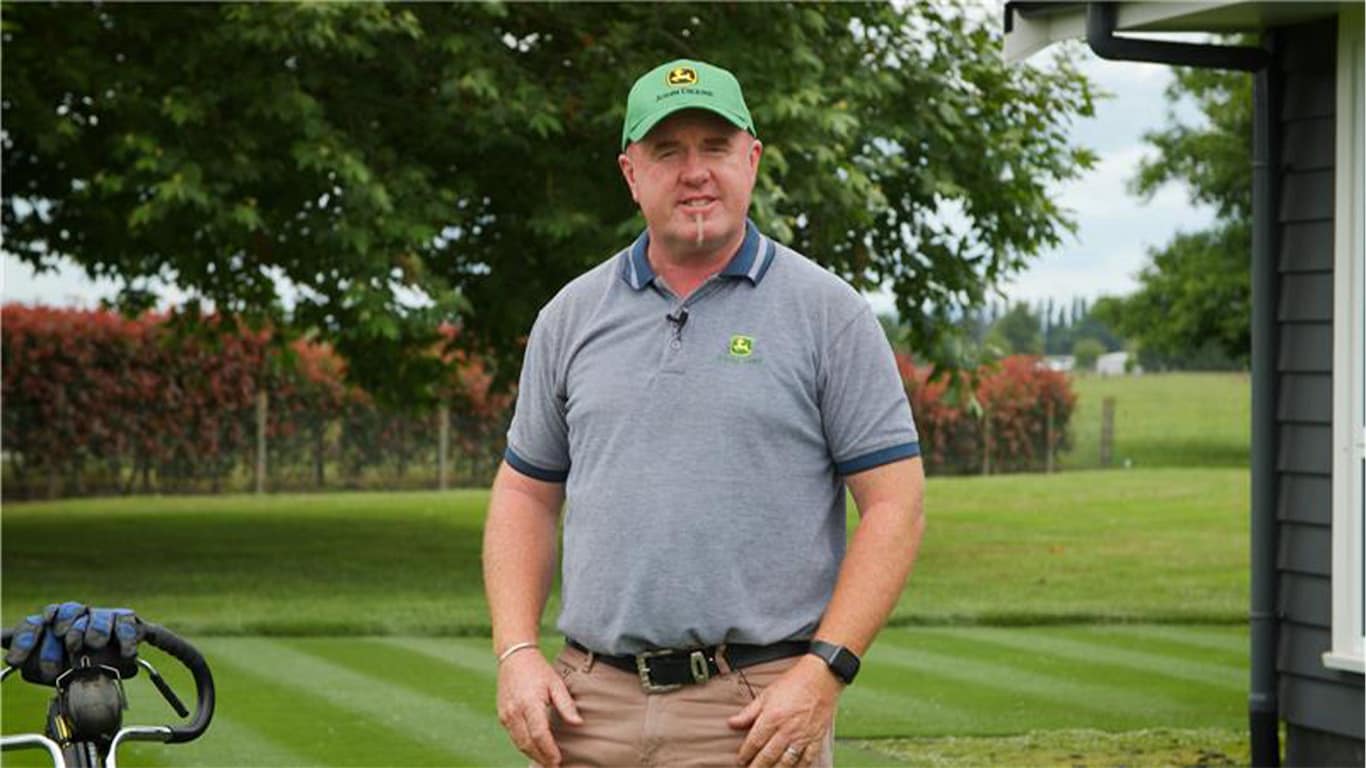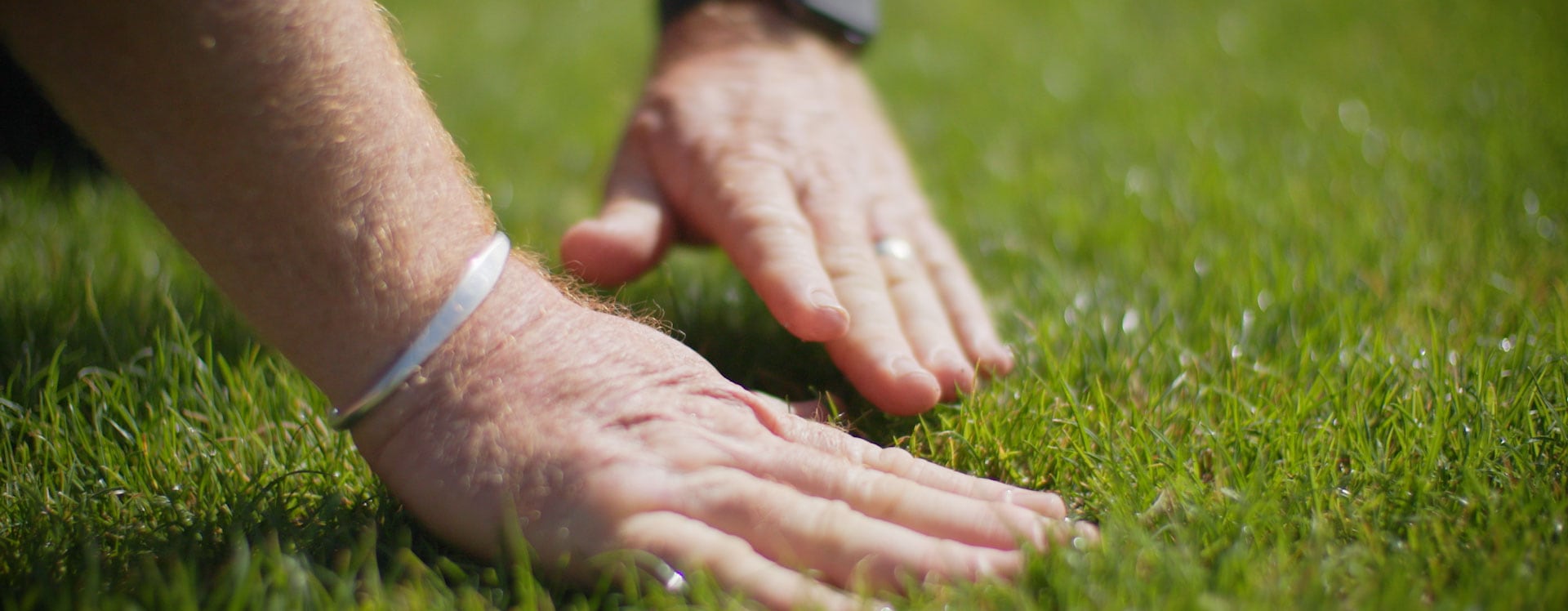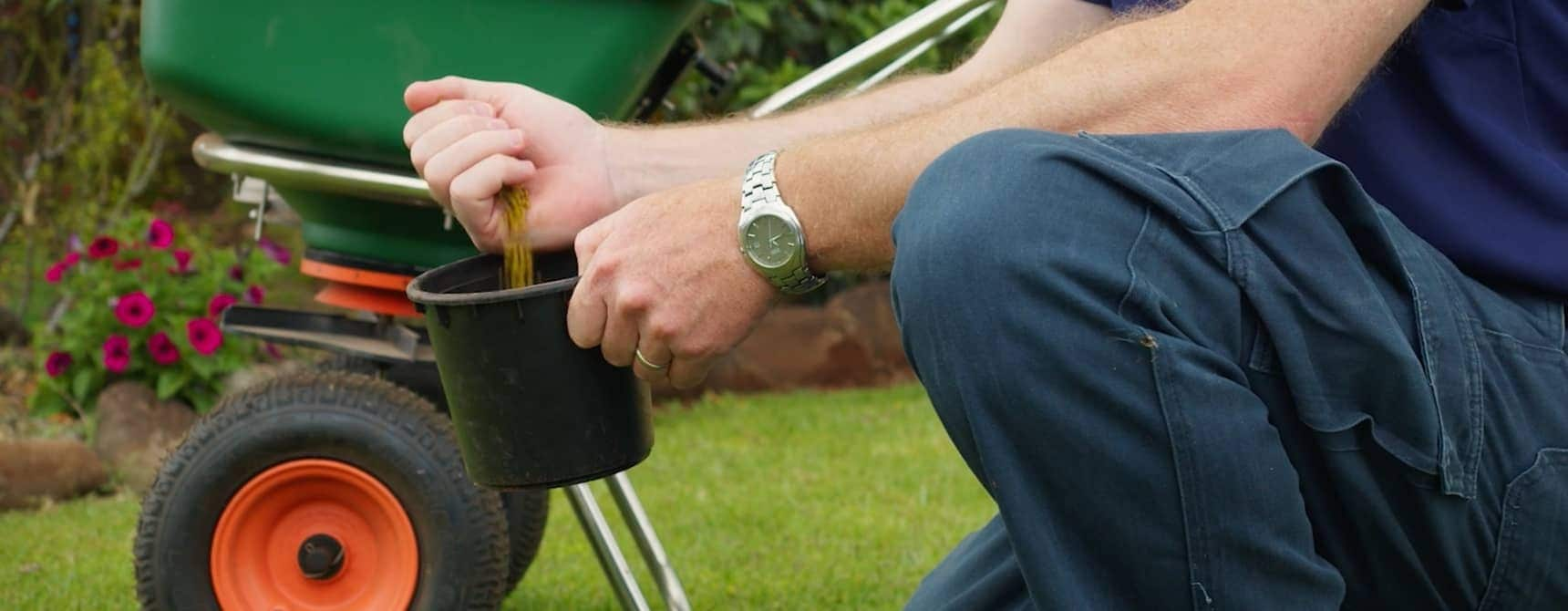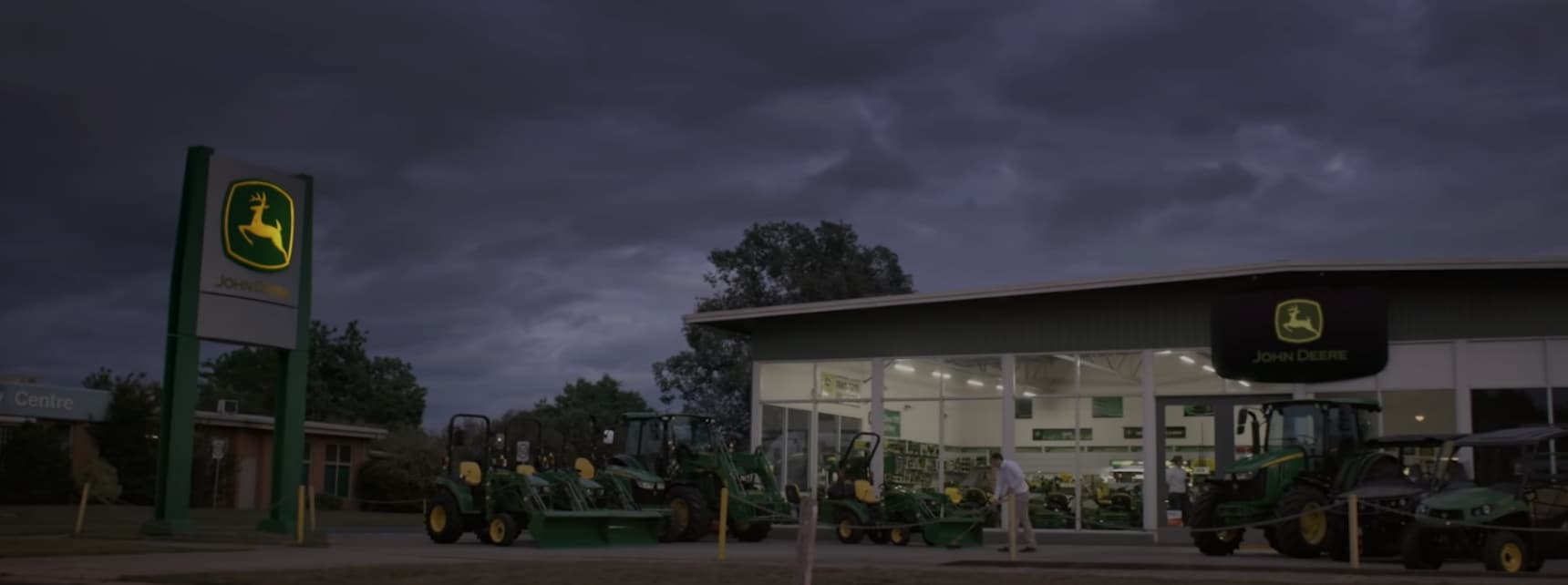After 35 years in the turf industry, Karl Johnson still feels like he’s a lucky man.
“I get paid to be involved in sport, work outside and see special events, so I consider myself pretty lucky,” Karl said.
Karl helped to build The Sevens Stadium in Dubai, which included seven rugby fields and six cricket pitches, and has advised on turf management in India, the United States, Fiji, Japan, Kuwait and Samoa.
Karl views the turf as a ‘stage’ for sporting events such as Super Rugby, World Cup Cricket and the 2023 FIFA Women’s World Cup, as well as the Crusty Demons Freestyle Motocross and Kiwi Gridiron.
“We live and work in a fishbowl. Most of these events are televised and there can be millions watching what we do. Expectations have risen as well – everyone wants to know how fast the field drains, how hard it is.”
“The hybrid turf has been the biggest change. It’s amazing to see it absorb the pressure of two 800-kg rugby scrums!”
But the Turf Manager of FMG Stadium Waikato and Seddon Park Cricket Ground isn’t too proud to weed his own ryegrass lawn at home on the family’s lifestyle block in Hamilton, New Zealand.
“The neighbours know what I do for a job so they’re always looking over the fence. I do a lot of hand weeding with a little screwdriver,” Karl said.
“I prefer not to spray, and I think if you have a good, dense, healthy sward of grass, the weeds will struggle to get established.”




